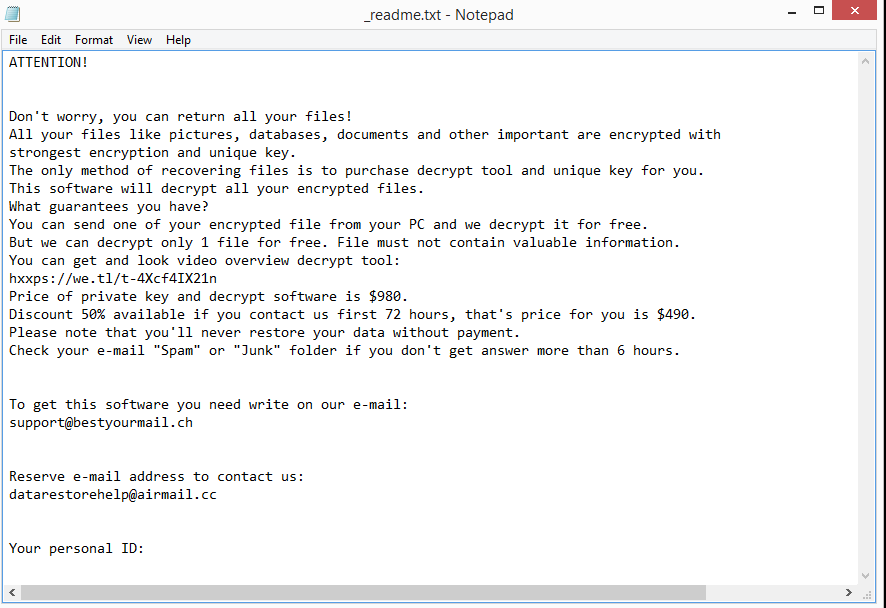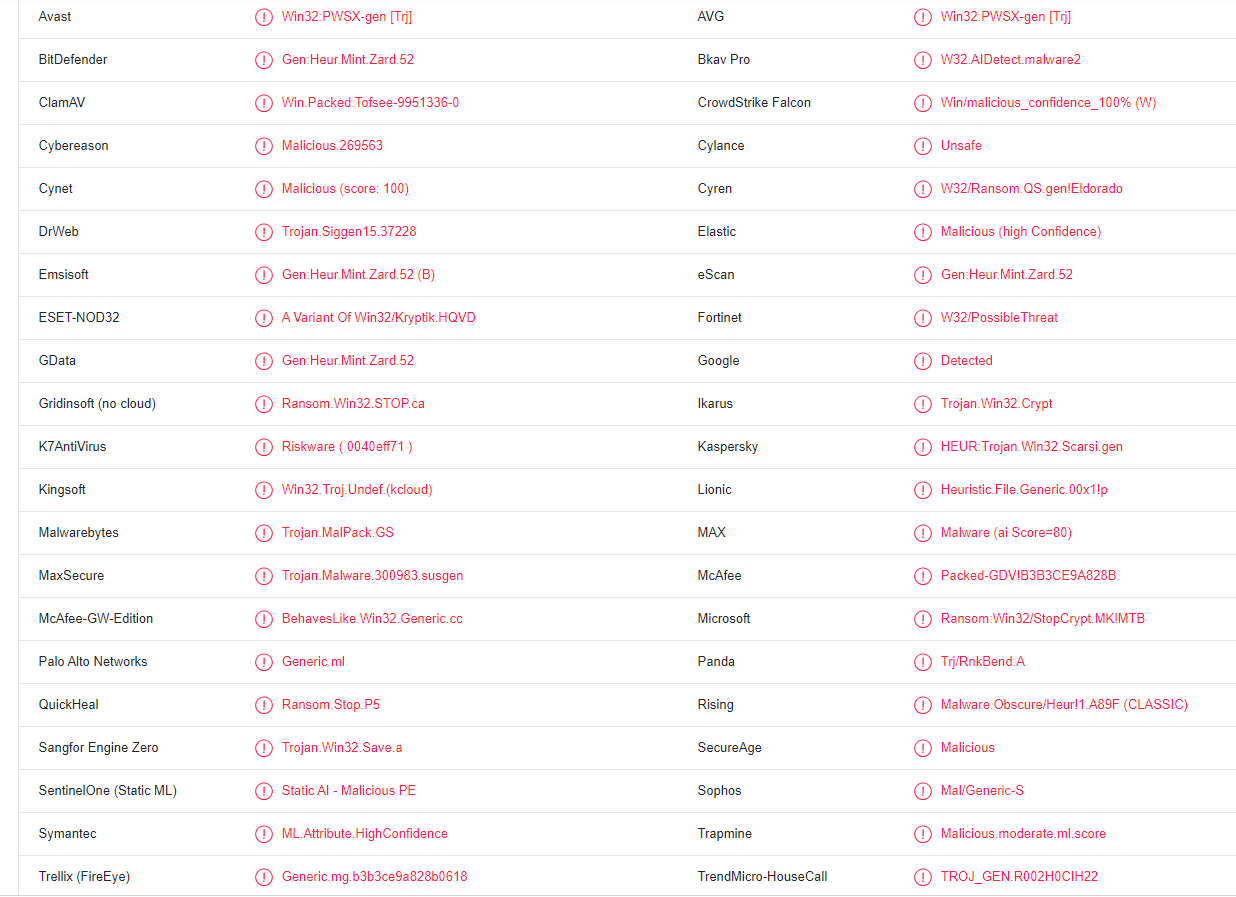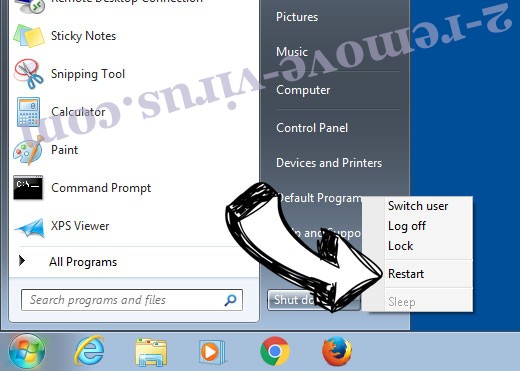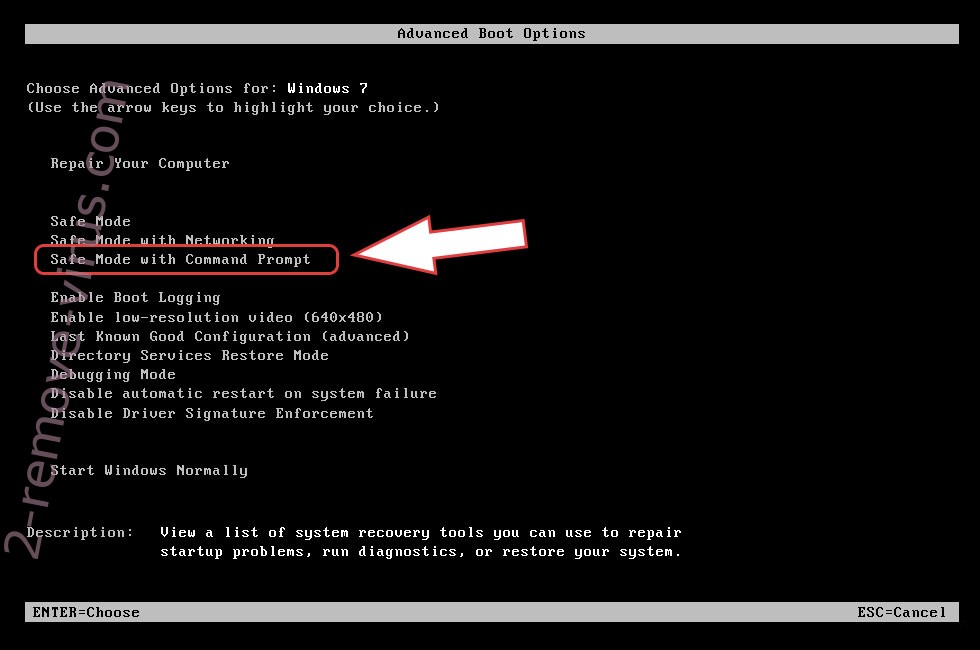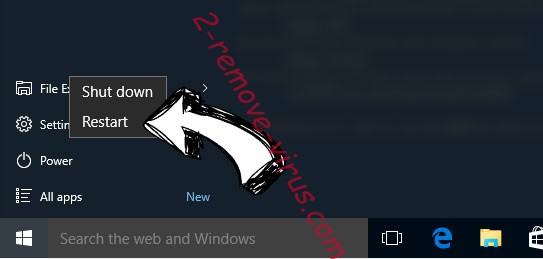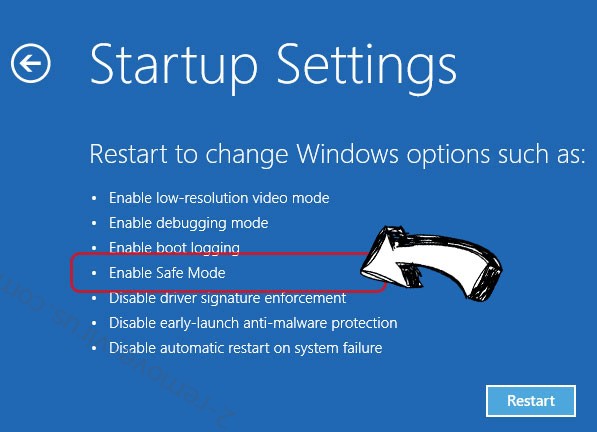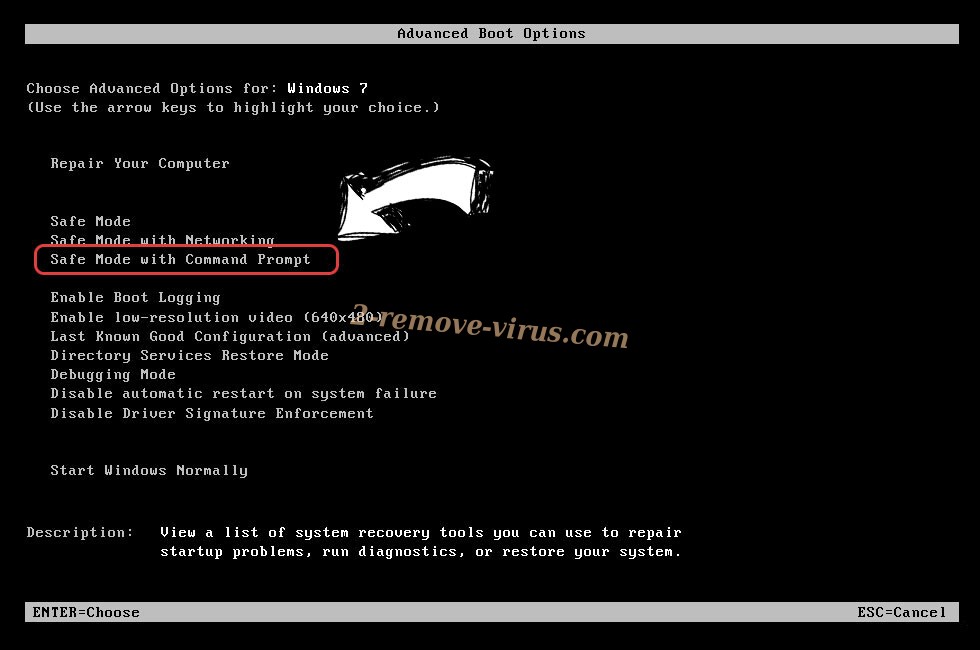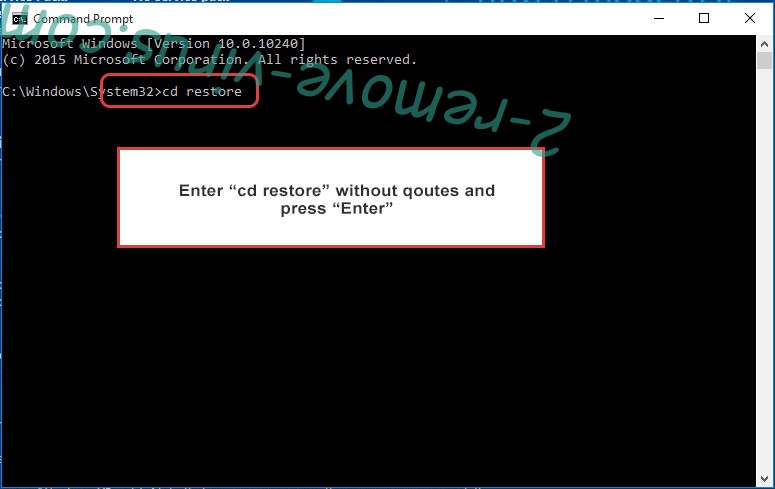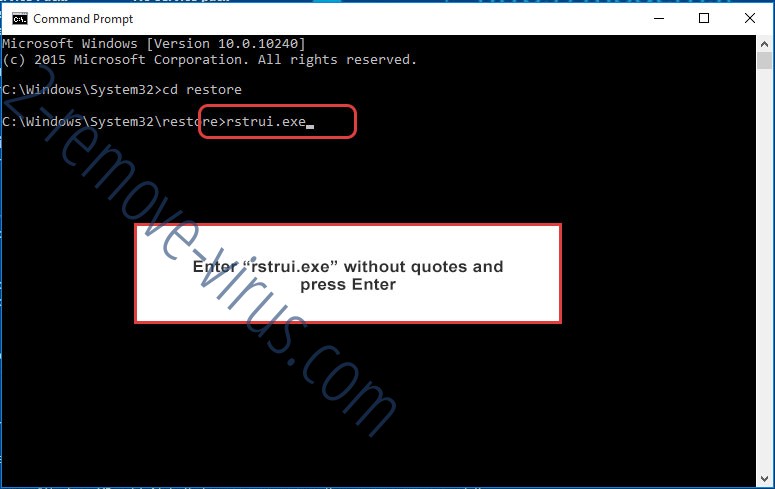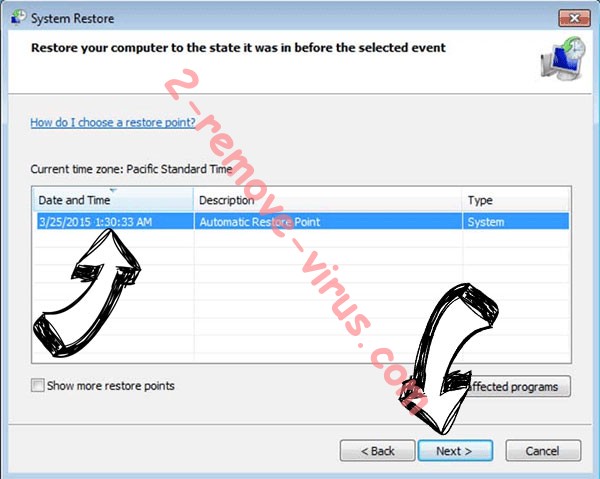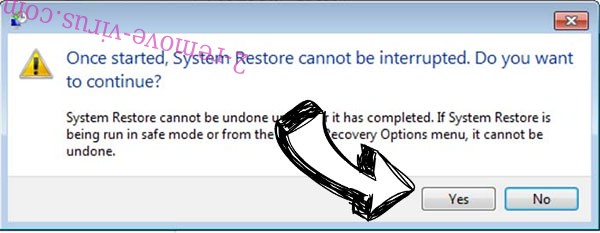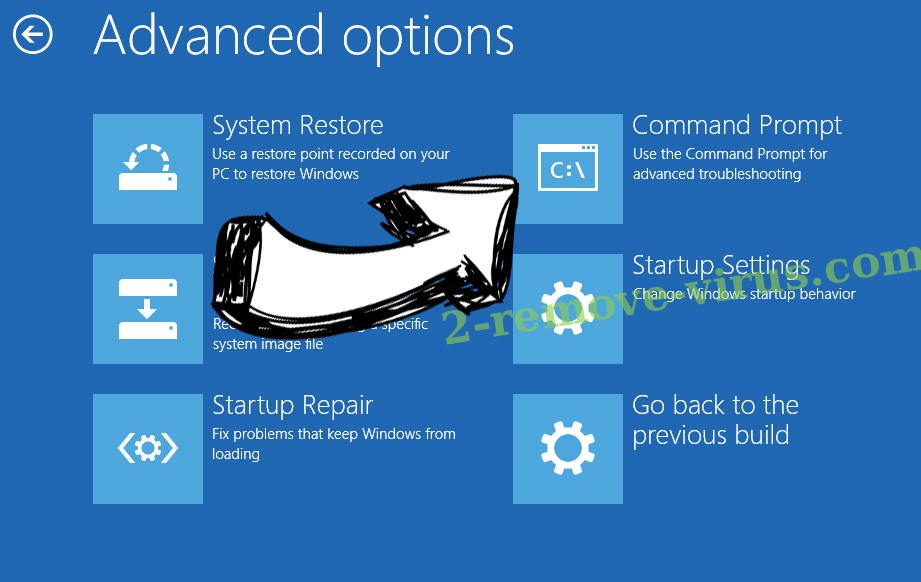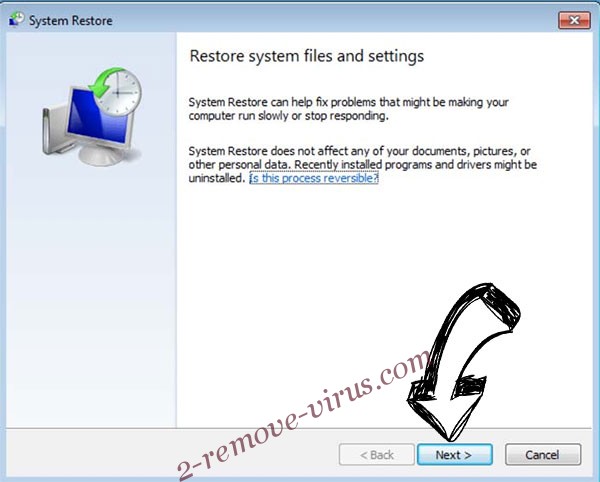Aabn ransomware is one of the more recent versions of the Djvu/STOP ransomware. Ransomware is a type of malware that encrypts files. If you cannot open your files and they have .aabn added to them, your computer is infected with Aabn ransomware. File recovery will be a difficult process if you do not have a backup. The cybercriminals demand $980 for a decryptor but even that is not guaranteed.
Aabn ransomware encrypts files and adds .aabn to them. It will target all your images, videos, documents, etc. It’s easy to tell which files are encrypted by the added extension. This ransomware adds .aabn. For example, image.jpg would become image.jpg.aabn when encrypted. While the ransomware is encrypting your files, it will display a fake Windows update window. Once the encryption process is complete, a _readme.txt ransom note will be dropped in every folder that has encrypted files. The process of acquiring an Aabn ransomware decryptor is explained in the note. Unfortunately, you are asked to pay a $980 ransom. You should be very skeptical of the supposed 50% discount that is allegedly given to victims who get in touch with cyber criminals within the first 72 hours. Trusting hackers to send you the Aabn ransomware decryptor even if you pay is generally a bad idea. The malicious actors can just take your money; there is nothing really stopping them from doing so.
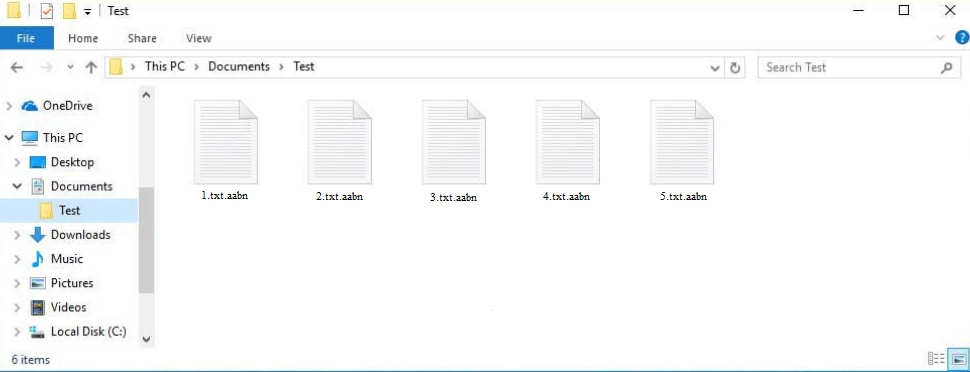
Right now, there is no free way to recover files without a backup. Despite the fact that malware researchers frequently offer free decryptors to help ransomware victims, one isn’t currently available for this ransomware. The Djvu/STOP ransomware uses online keys to encrypt files, giving every victim a different key. You need your unique key in order for a decryptor to work on your files. Therefore, unless those keys are released by the perpetrators themselves, a free Aabn ransomware decryptor is not very likely. But while Emsisoft’s free decryptor for Djvu/STOP is unlikely to work in your case, it’s still worth a try.
If you have saved your files in a backup, you can start recovering them as soon as you remove the Aabn ransomware from your computer. For that, choose a good anti-virus program; otherwise, you run the risk of causing additional damage to your device.
How does ransomware infect computers?
A computer can become infected with malware in several different ways. Users’ poor browsing habits frequently result in malware infections. You run a significant risk of picking up a serious infection, for instance, if you open unsolicited email attachments, click on dubious links, use torrents to download copyrighted content, etc.
One of the most common ways for malware to infect computers is through users opening infected email attachments. Although the attempts are often rather sloppy, emails with malicious attachments are disguised to look like emails sent by legitimate companies. As long as the attachments are not opened, these emails are not dangerous. The moment they opened, however, the malware can initiate. But as long as you know what to look for, malicious emails are quite easy to identify. The most evident sign is when emails supposedly sent by legitimate companies contain grammar and spelling mistakes. For example, if you get an email from supposedly a parcel delivery service but the email is full of mistakes, you’re likely dealing with a malicious email. Mistakes in emails look very unprofessional so you will rarely encounter them in legitimate emails. The use of generic words instead of your name (when the sender should know your name), such as “User”, “Member”, and “Customer”, is another sign that the email may be malicious. Because it makes the email feel more personal, companies whose services you use will always address you by name.
The email address of the sender might also help identify malicious emails. If you receive an unsolicited email asking you to perform some action (e.g. click on a link or open an attachment), you should check the sender’s email address first. If the address looks random, the email is very likely malicious. However, even if an email address seems to be legitimate, you should still verify that the sender is who they say they are.
It’s important to stress that occasionally, malicious spam campaigns can be quite sophisticated. If cybercriminals have access to sensitive personal information, they would be able to make their malicious emails look much more convincing. Such fake emails would not have any grammar/spelling mistakes, use your name when addressing you, and contain details that would increase their credibility. This is why it’s always advised to scan all unsolicited email attachments with VirusTotal or anti-virus software before opening them.
Malware can also be distributed through torrents. It’s common knowledge that because of poor moderation, torrent sites are full of malicious torrents. Torrents for movies, TV shows, video games, and entertainment content are frequently found to contain malware. Therefore, downloading copyrighted content using torrents is not only illegal but could also damage computers.
How to delete Aabn ransomware
Ransomware is quite a sophisticated malware infection so usage of professional anti-virus software is highly recommended to remove Aabn ransomware. If you try to delete Aabn ransomware manually, you may end up causing additional damage to your device. Furthermore, it’s easy to miss some ransomware files when trying to manually remove the infection, which could allow it to recover later on. And if that happened when you were connected to your backup, your backed-up files would become encrypted as well. Use a good anti-malware program to get rid of the malware, and only then connect to your backup.
Users without backups will find file recovery to be far more difficult, if not impossible. Unfortunately, there isn’t a free Aabn ransomware decryptor available right now. It’s not impossible that it would be released sometime in the future. So you should back up your encrypted files and wait for a free Aabn ransomware decryptor to be released. If it ever gets released, it would be available on NoMoreRansom.
Aabn ransomware is detected as:
- Win32:PWSX-gen [Trj] by AVG/Avast
- Gen:Heur.Mint.Zard.52 by BitDefender
- Gen:Heur.Mint.Zard.52 (B) by Emsisoft
- A Variant Of Win32/Kryptik.HQVD by ESET
- Trojan.MalPack.GS by Malwarebytes
- HEUR:Trojan.Win32.Scarsi.gen by Kaspersky
- Ransom:Win32/StopCrypt.MK!MTB by Microsoft
Quick Menu
Step 1. Delete Aabn (.aabn) ransomware using Safe Mode with Networking.
Remove Aabn (.aabn) ransomware from Windows 7/Windows Vista/Windows XP
- Click on Start and select Shutdown.
- Choose Restart and click OK.

- Start tapping F8 when your PC starts loading.
- Under Advanced Boot Options, choose Safe Mode with Networking.

- Open your browser and download the anti-malware utility.
- Use the utility to remove Aabn (.aabn) ransomware
Remove Aabn (.aabn) ransomware from Windows 8/Windows 10
- On the Windows login screen, press the Power button.
- Tap and hold Shift and select Restart.

- Go to Troubleshoot → Advanced options → Start Settings.
- Choose Enable Safe Mode or Safe Mode with Networking under Startup Settings.

- Click Restart.
- Open your web browser and download the malware remover.
- Use the software to delete Aabn (.aabn) ransomware
Step 2. Restore Your Files using System Restore
Delete Aabn (.aabn) ransomware from Windows 7/Windows Vista/Windows XP
- Click Start and choose Shutdown.
- Select Restart and OK

- When your PC starts loading, press F8 repeatedly to open Advanced Boot Options
- Choose Command Prompt from the list.

- Type in cd restore and tap Enter.

- Type in rstrui.exe and press Enter.

- Click Next in the new window and select the restore point prior to the infection.

- Click Next again and click Yes to begin the system restore.

Delete Aabn (.aabn) ransomware from Windows 8/Windows 10
- Click the Power button on the Windows login screen.
- Press and hold Shift and click Restart.

- Choose Troubleshoot and go to Advanced options.
- Select Command Prompt and click Restart.

- In Command Prompt, input cd restore and tap Enter.

- Type in rstrui.exe and tap Enter again.

- Click Next in the new System Restore window.

- Choose the restore point prior to the infection.

- Click Next and then click Yes to restore your system.

Offers
Download Removal Toolto scan for Aabn (.aabn) ransomwareUse our recommended removal tool to scan for Aabn (.aabn) ransomware. Trial version of provides detection of computer threats like Aabn (.aabn) ransomware and assists in its removal for FREE. You can delete detected registry entries, files and processes yourself or purchase a full version.
More information about SpyWarrior and Uninstall Instructions. Please review SpyWarrior EULA and Privacy Policy. SpyWarrior scanner is free. If it detects a malware, purchase its full version to remove it.

WiperSoft Review Details WiperSoft (www.wipersoft.com) is a security tool that provides real-time security from potential threats. Nowadays, many users tend to download free software from the Intern ...
Download|more


Is MacKeeper a virus? MacKeeper is not a virus, nor is it a scam. While there are various opinions about the program on the Internet, a lot of the people who so notoriously hate the program have neve ...
Download|more


While the creators of MalwareBytes anti-malware have not been in this business for long time, they make up for it with their enthusiastic approach. Statistic from such websites like CNET shows that th ...
Download|more
Site Disclaimer
2-remove-virus.com is not sponsored, owned, affiliated, or linked to malware developers or distributors that are referenced in this article. The article does not promote or endorse any type of malware. We aim at providing useful information that will help computer users to detect and eliminate the unwanted malicious programs from their computers. This can be done manually by following the instructions presented in the article or automatically by implementing the suggested anti-malware tools.
The article is only meant to be used for educational purposes. If you follow the instructions given in the article, you agree to be contracted by the disclaimer. We do not guarantee that the artcile will present you with a solution that removes the malign threats completely. Malware changes constantly, which is why, in some cases, it may be difficult to clean the computer fully by using only the manual removal instructions.
